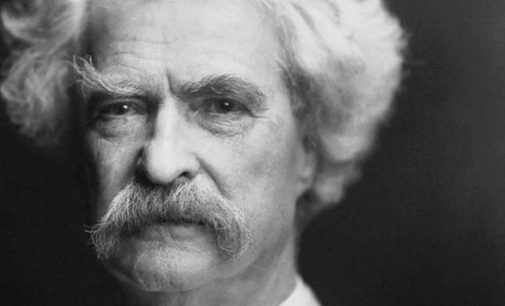A few years ago, this might have been classified as a common “mistake.” Again, “mistake” is in quotes because this is less an issue for certain plans (usually small firms or particular industries) than others.
Basic Members

But this rookie mistake doesn’t bypass veteran plan sponsors. If they’ve grown too complacent with their plan, they may wake up one day to find out they’ve got a dinosaur on their hands.

Among the tactics introduced by behavioral finance is the notion of “framing.” For individuals, however, it’s much easier to understand things if they are reframed into “buckets” representing specific individual goals.

Retirees should think for themselves and what alternatives they have regarding their retirement assets. These aren’t the same as they were when they were working.

As with many things, hands-on instruction is generally the best way to achieve this, especially if you make it into an engaging workshop that’s all about the employee and the employee’s dreams, not about the plan.

Those who work with retirees and people saving for retirement often have the best perspective when it comes to guidance pertaining to what is comfortable and what is not. It begins with a very simple definition.

There’s a fear that those rushing to promote their own PEPs are merely trying to return to the bundle service provider environment the industry evolved away from more than a decade ago. This makes due diligence all the more important.

Here are five regulatory worries for those on the front lines: the professionals who devote their careers to helping improve the retirement prospects of others.












5 401k Differences To Expect In 5 Years
Do you think five years is too ambitious of a time frame? If so, consider this: five years ago, would you have considered using your phone to buy groceries?